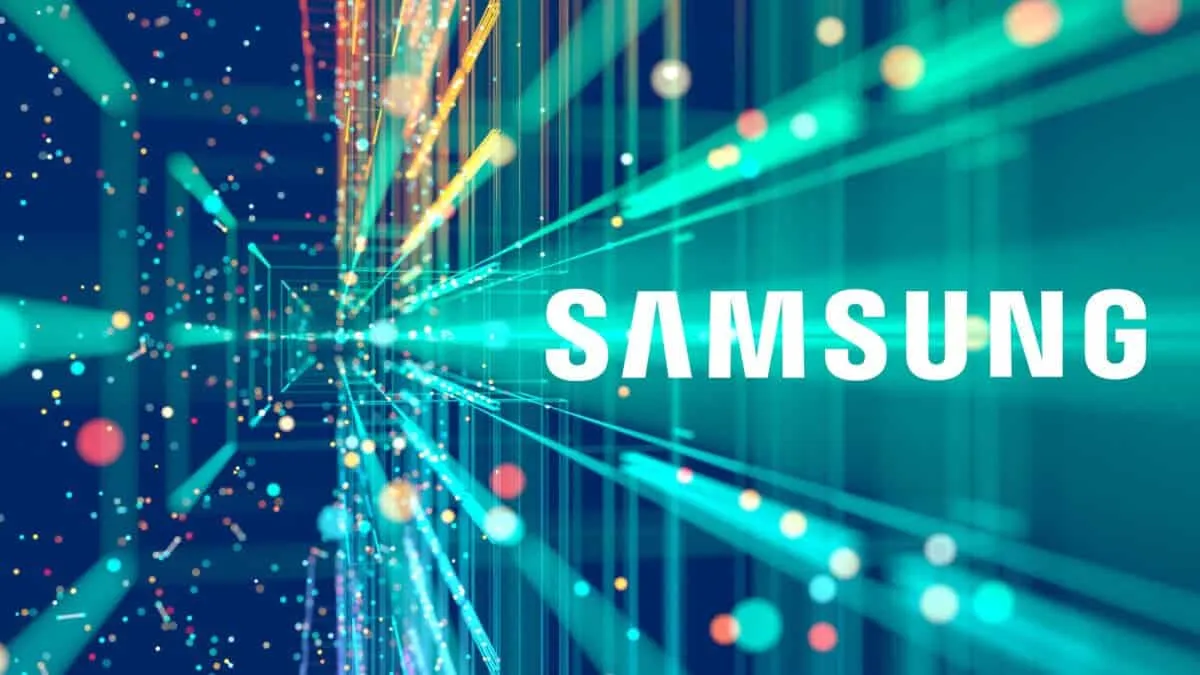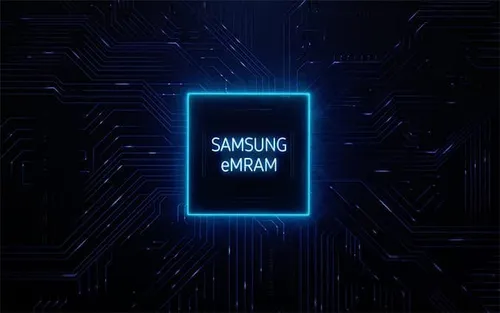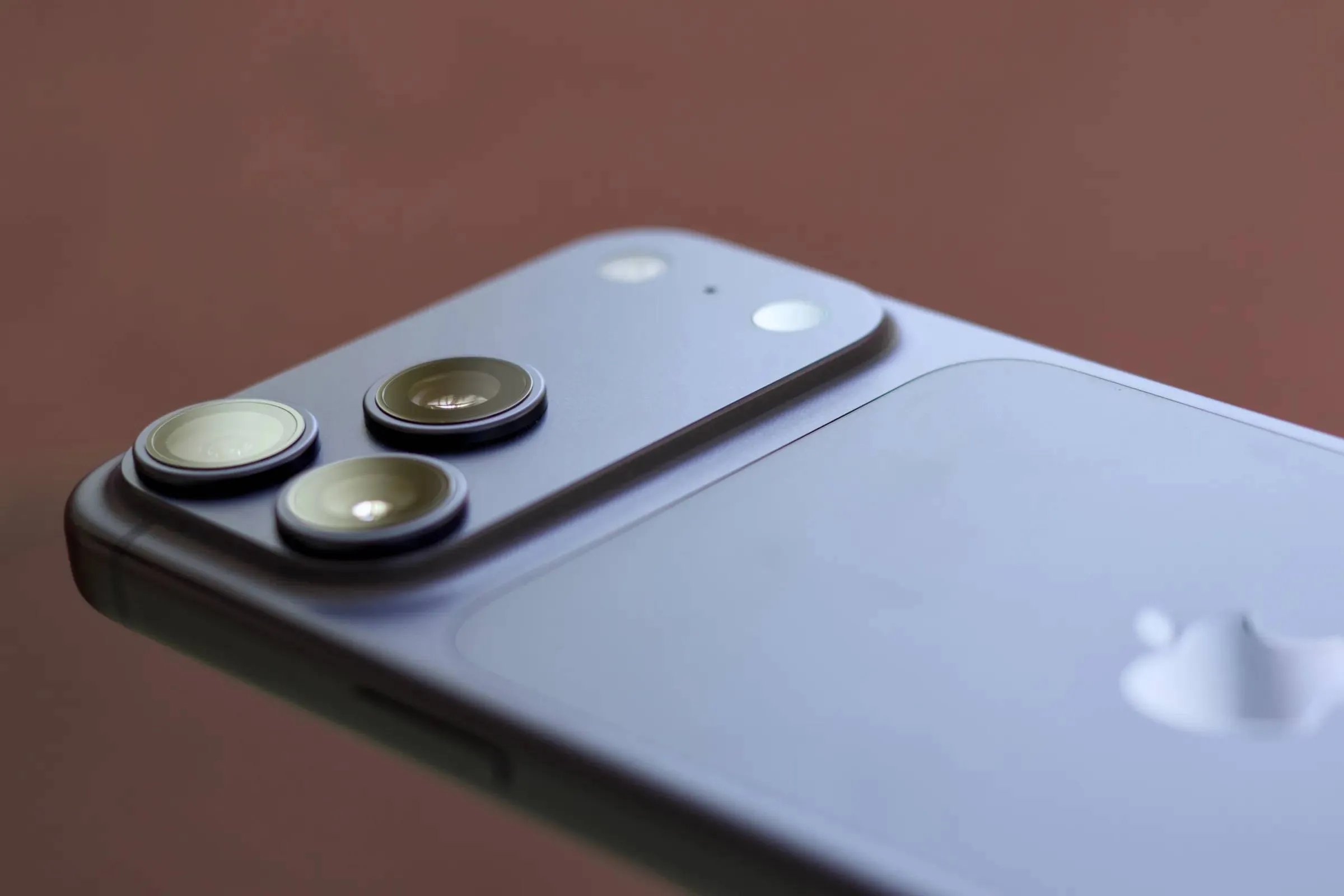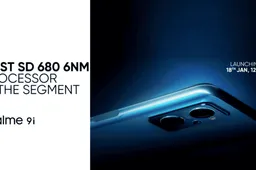Samsung Testing First MRAM Computers: New Era Of AI Computers Coming
SamsungThursday, 13 January 2022 at 11:29

Today, as techpowerup reported, Samsung Electronics officially announced the world's first computer equipped with MRAM memory. MRAM stands for Magnetoresistive Random Access Memory. Related papers are on the "Nature" website. The title of the thesis is "A crossbar array of magnetoresistive memory devices for in-memory computing." It displays Samsung's leadership in memory technology and at the same time showcases the company’s effort to merge memory and system semiconductors for next-generation artificial intelligence (AI) chips.
In fact, the technology was jointly developed by Samsung SAIT Research Institute and Samsung Electronics Foundry Business and Semiconductor R&D Center. The first author of the paper is Dr. Sang Joon Kim, Vice President of Technology at SAIT.
What is MRAM?
Most of the current computers use independent RAM memory and independent hard disk storage. However, in order to improve computing efficiency, the industry has been developing non-volatile memory. The latter should take into account the functions of hard disk and memory, and help to greatly reduce power consumption.
To achieve this, researchers have developed RRAM (resistive random access memory), PRAM (phase-change random access memory), etc. In this sense, the MRAM (magnetoresistive non-volatile random access memory) used by Samsung has the advantages of high speed, durability, and easy mass production. But due to power consumption issues, Samsung hasn't given green light to it.
Samsung Electronics researchers provide solutions through innovative architectures. Specifically, the researchers successfully developed a new MRAM array. It replaces the current architecture with a new "resistance" and computational architecture.
What’s more interesting, the computer with MRAM memory has passed the AI computing performance test. Surprisingly, the accuracy of recognizing handwritten numbers has reached 98%, and the accuracy of face recognition has reached 93%.

The researchers said that in-memory computing is the main place where they use MRAM chips. They are very suitable for neural network operations because this computing architecture is similar to the brain neuron network.
"In-memory computing draws similarity to the brain in the sense that in the brain, computing also occurs within the network of biological memories, or synapses, the points where neurons touch one another," said Dr. Seungchul Jung, the first author of the paper. "In fact, while the computing performed by our MRAM network, for now, has a different purpose from the computing performed by the brain, such solid-state memory network may in the future be used as a platform to mimic the brain by modeling the brain's synapse connectivity."
Popular News
Latest News
Loading






